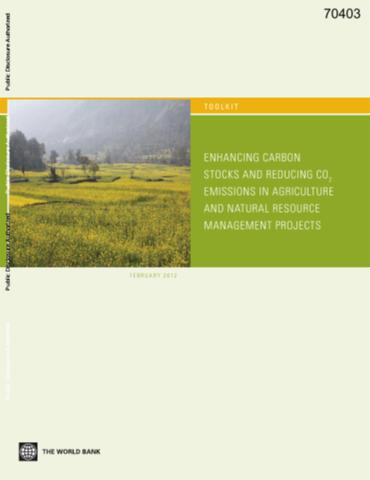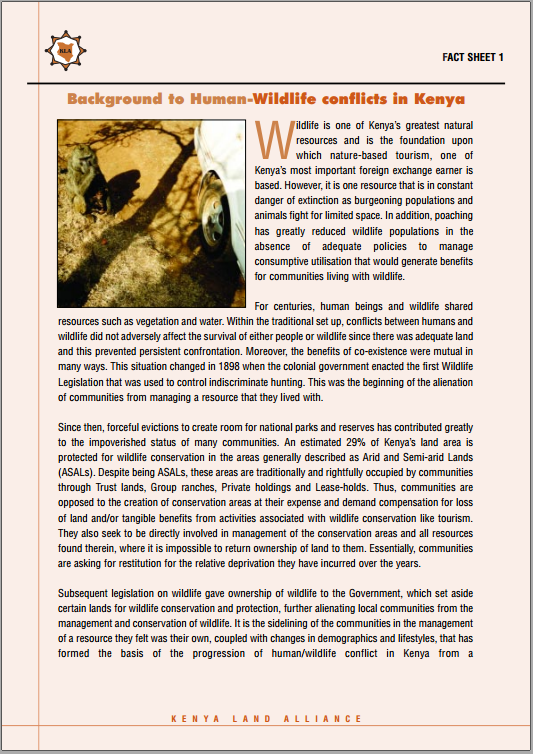Valuing Mortality and Morbidity in the Context of Disaster Risks
Benefit-cost analyses of disaster risk
reduction (DRR) projects are an important tool for
evaluating the efficiency of such projects, and an important
input into decision making. These analyses, however, often
fail to monetize the benefits of reduced death and injury.
The authors review the literature on valuing reduced death
and injury, and suggest methods for calculating
order-of-magnitude estimates of these benefits. Because few







